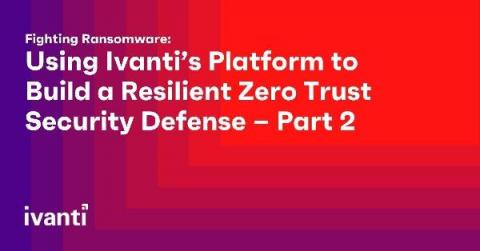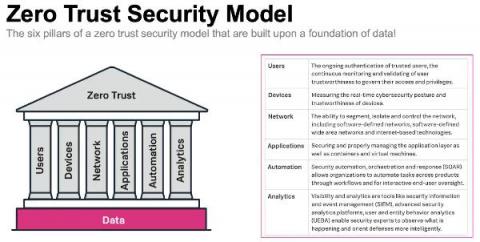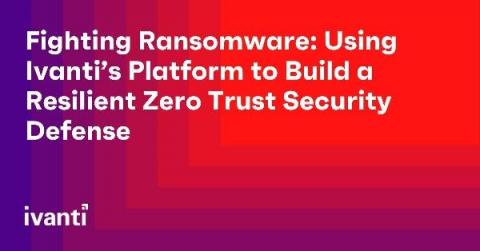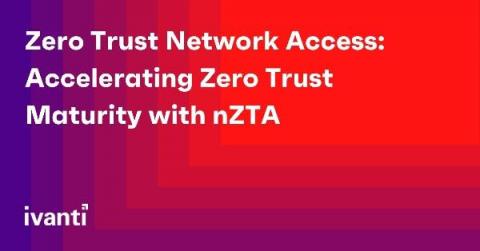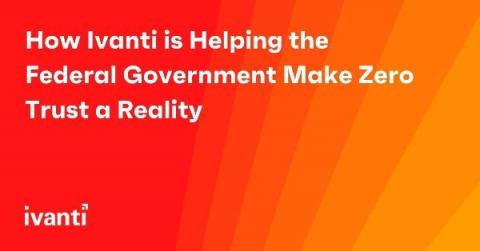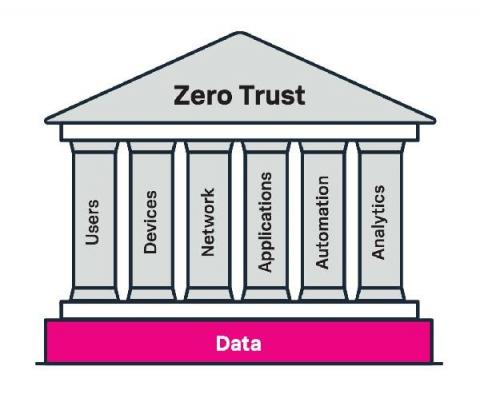Fighting Ransomware: Using Ivanti's Platform to Build a Resilient Zero Trust Security Defense - Part 2
Within the initial blog in this series, we discussed ransomware attacks and their remediation on Android mobile devices. Part 2 addresses potential ransomware exploits and their remediation on iOS, iPadOS mobile devices and macOS desktops.


